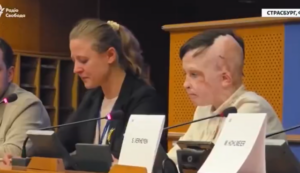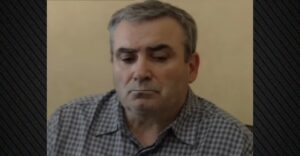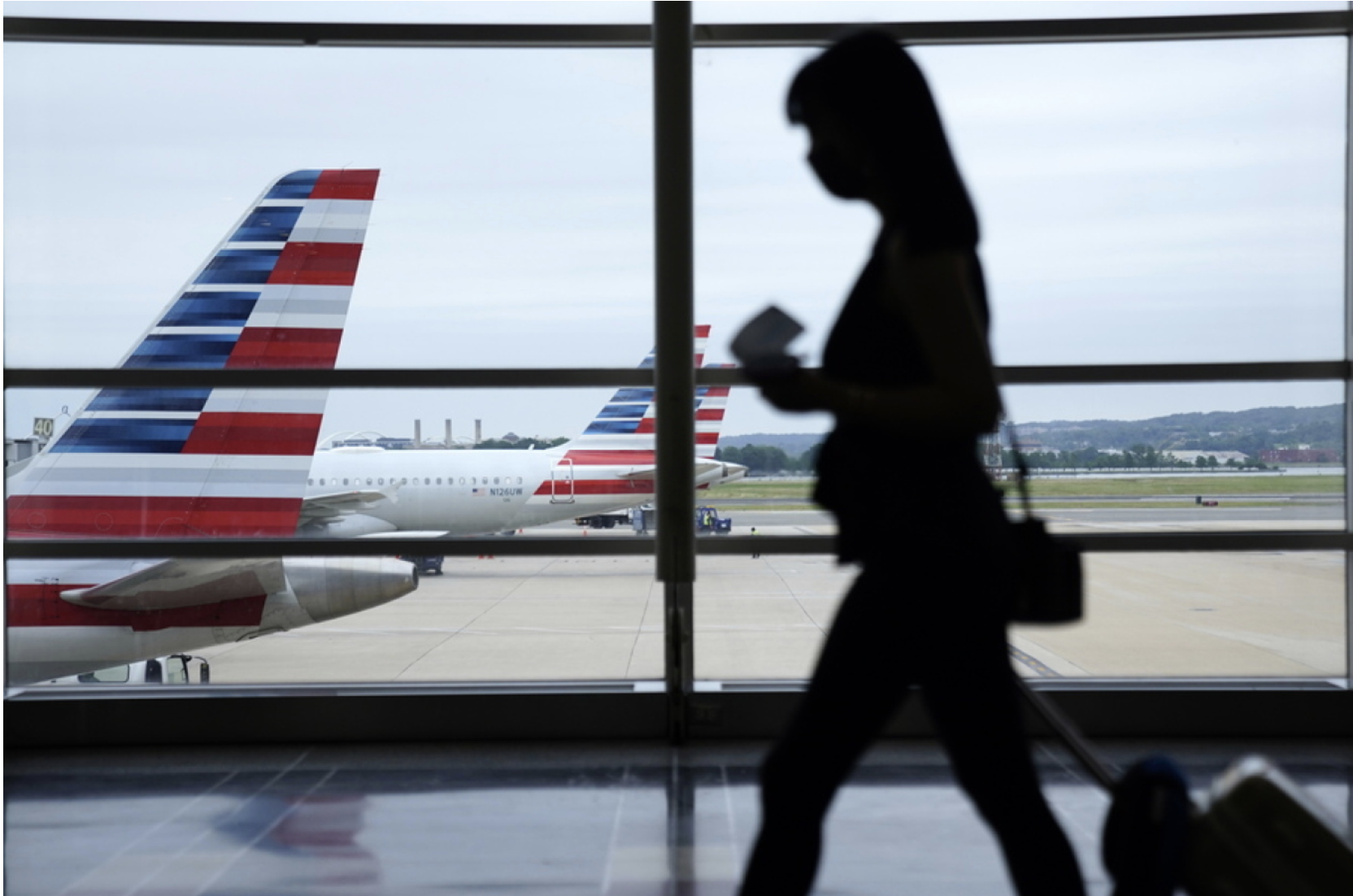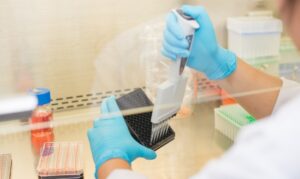The deputies of the New Democracy, PASOK and the Eleftherias Party voted in the plenary session of the House the bill ‘Ratification of the 20.1.2025 Donation Agreement between the Greek State, the Public Benefit Foundation “Public Benefit Foundation “ALEXANDER S. ONASIS” (ALEXANDER S. ONASSIS PUBLIC BENEFIT FOUNDATION)” and the company named “ARIONA HELLAS ANONYMIH Etairia KALITEXNIKON AND CULTURAL EVENTS LTD” for the operation of the Public Onassis Schools.
By tomorrow, Friday 31 January 2025, the publication of the bill in the Government Gazette is expected, while by 17 February the decision of the Minister of Education Kyriakos Pierrakakis is expected to be issued regarding the determination of the order of operation of the 22 public schools during the school years 2025-2026 and 2026-2027.
Vote for amendment
In addition to the bill for the DHM.Ω.S., the amendment was voted through in the House of Representatives, according to which a certain percentage of seats is defined for students who permanently reside in the Municipal Unit, in the case of a large municipality, or in the municipality, in the case of a small municipality, where the school that is being converted into an Ω.Ω.S. is located, if they wish to enroll in it. It should be noted that this category of pupils, constitute the vast majority.
Specifically, a minimum of 40-60% of the places will be allocated to students who permanently reside in the Municipal Unit of the Onassis Model School with the minimum of 60% of places applying to major urban centres.
About siblings of prospective students, the amendment states that admission to the Onassis Public Schools will be facilitated for younger siblings of students already attending the educational units that will be transformed into DHS.
The regulation, which will be in force for the first two years, is already in force in the Experimental Schools and provides for the possibility of admitting younger siblings, even if they have not achieved the required score by the time the maximum number of students is reached.
It is provided that a prospective student who has a sibling, who attended an IHE school before it was designated as such, and who (the prospective student) participated in the IHE examination, was not admitted, but is on the list of runners-up, may be admitted to the same IHE by way of exception.
Admission is possible until the maximum number of students per class is reached.
About the issue of the transfer of pupils, it is clarified that the transfer of pupils of the DHM.Ω.S. is implemented by the relevant Region, by the institutional framework applicable respectively to Standard and Experimental Schools.
For serving teachers, according to the amendment that was passed, it is stipulated that they will be able to remain in the school, which was designated as an Onassis school with a two-year term, to train and adapt to the new requirements, at their request. Subsequently, after their evaluation and provided that it is positive, they will remain for a further four-year term. A challenge will be issued only for vacancies.
Concerning the selection of Directors and Assistant Directors of Public Schools, when the Act is first implemented, and in any case not beyond the 2026-2027 school year, the criterion of training and familiarity with modern forms of digital technology with a minimum level of Information and Communication Technology knowledge of Level B Training Certification is not required. At the latest within the above period, it is necessary to submit, at the latest, either a document proving that the person concerned has been enrolled in a Training Certification programme or that he/she has completed the Level B Training Certification programme. In either case, by the end of the 2028-2029 school year, principals, assistant principals, and teaching staff must have completed the Level B Continuing Education Certification program, or their term of office will not be renewed.
Finally, as per the timing of the first schools to be designated as Onassis schools, the decision of the Minister of Education, Religious Affairs and Sports will be issued by February 17, 2025. The decision will specify which of the 22 Model Onassis Schools will be put into operation in the 2025-2026 and 2026-2027 school years.
What the Minister of Education said about students already attending the schools that will become Onassis schools
“No child is leaving the Onassis Schools. Those children who are attending there will graduate there,” Education Minister Kyriakos Pierrakakis said, describing claims to the contrary as ‘fake news’.
He told the Parliament in support of the multi-types, introduced with the DHS, “There will be digital provision for all those children who will want to participate in the exams which will not be the same as the Standard exams, they will be different, with another dimension” and cited the example of Singapore:
“Singapore, which has an excellent education system, says we are doing injustice to children when there is the same pathway, not one size fits all because you have to help each child to the maximum extent possible.”
Regarding the Onassis Public Schools, the minister spoke of expanding the infrastructure of the existing digital tutorial to support students while stressing that these schools would also open up to neighbouring schools for groups and aggregates, acting as ‘social multipliers’ in specific areas that face social and economic challenges. He went on to disconnect the vulnerability of these areas from ‘destiny’, as changes are already underway to help improve conditions, always taking into account the recommendations of the relevant local authorities.
He then made three philosophical remarks on the future of Education and the Onassis Foundation’s donation contract.
In particular, the first remark had to do with the ‘culture of donation in our country and how it has left a strong imprint on the Universities. At the same time, however, he stressed that donations in no way come to detract from the responsibility of the state to take care of society – on the contrary, the ideal scheme is that of a partnership between the state and private individuals.
“We have 12,710 schools. Has the state abdicated its obligation to support them? In none of the cases. Technically they are the responsibility of the municipalities, they belong to the 332 municipalities in the state. Are we stuck with it? We recently announced to the Prime Minister, the creation of the Marietta Giannakou programme. It started with 250 million, it was named after my late predecessor, it is 350 million already in this programme – 100 million was added through the banks. A few days ago we announced another programme for the energy upgrade of schools with Mr. Skylakakis, the Athena programme, for another 30 million. We will keep adding one amount after another to get to the numbers we need, because when I say ’12 710 school units’, I realise, first of all, that even 380 million, which is total, is not enough to support it. It needs much, much more,” he noted to add: “…we are trying to mobilise Civil Society so that we can support our schools even more. And we have to do that and we hope to find more donors, yes, by embracing them so that we can cumulatively help as many children in as many schools as possible. One does not come to abdicate the sovereign responsibility of the state: one comes to add to it. And here, let me say that by adding you sometimes multiply. And that is what we want to achieve.”
The minister then observed the need for change in the field of education as a guarantee of evolution, leaving behind the “ideologies of the post-independence”.
“The most problematic option for education, in my opinion, is immobility,” he said.
Finally, the minister remarked that it is necessary to constantly change ourselves. In this way, we will be able to achieve what an education system should and must achieve. “Education must be the main belt of social mobility of the country,” he stressed and added: “We need to change so many things, especially in the field of education, to be able to respond better.”
He then clarified the concept of excellence: “Excellence means inclusion. These words ought to be synonymous in any education system, especially in a 21st-century education system. Excellence in absolute terms does not exist for anyone, because perfection does not exist for anyone, in anything. There is only one path to the best. There is only an education system that allows you to unleash the best version of yourself. To become a little bit better and certainly not just for yourself, to become for others.” As Kyriakos Pierrakakis then stressed, regarding the cooperation with the Onassis Foundation, the aim of the effort is not to raise imaginary walls of high performance but to help every child to release the best possible version of himself.
Finally, about the disagreement of part of the opposition to the DHS, Mr. Pierrakakis explained that they have data from the Model Schools, there is 40% to 60% localization while he also spoke of the vulnerability of these areas and the prospects for improvement that will come through the establishment of new schools.
Ask me anything
Explore related questions





